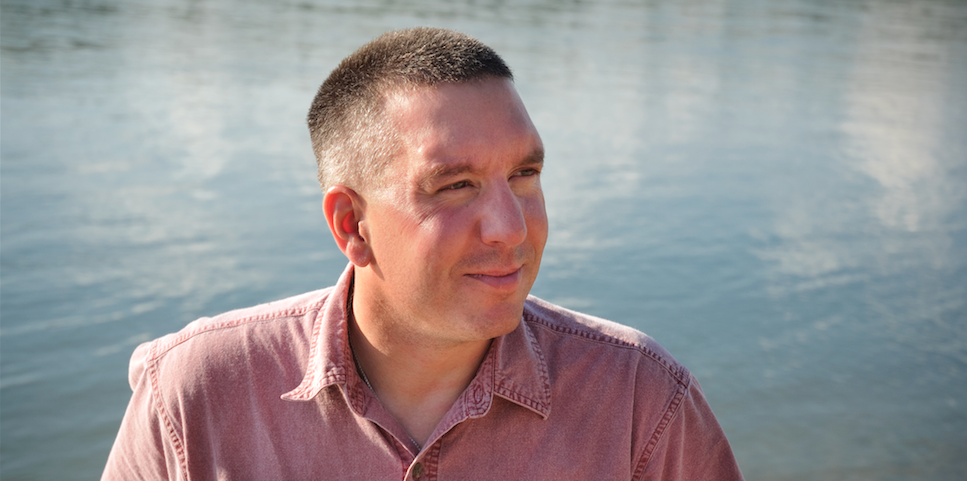Researcher vying to save polluted lake
In a way, Lake Diefenbaker is Jeff Sereda's lake. The University of Saskatchewan post-doctoral researcher got married there, worked there for years and now his research centres on the lake's health.
Years ago, locals would drink from the lake. Now, many residents fear there is too much algae and search for someone to blame as the lake becomes murkier.
Phosphorus is usually the chemical culprit for out-of-control algae growth in lakes, which can occasionally become toxic to fish, livestock and humans.
"If we can starve the lake of phosphorus, we can control the blooms," Sereda said.
To do that, Sereda's research group is creating a model of how phosphorus gets into and cycles through the lake system. Once a model has been established, it could be applied to other reservoirs.
Five masters' students, two undergraduate summer students and one lab technician are helping to gather the massive amount of data needed.
It's exhaustive work, with the team taking samples three times a week from the whole lake. The rest of the week they work in the lab, analyzing test tube after test tube of water samples for phosphorus concentrations and telltale signs of algae.
"We take these samples and all our observations, and see if we can relate phosphorus concentrations and algal blooms to patterns in the lake," said Sereda.
It's a complicated task, with a great deal of variation over the lake's entire 225-kilometre length. Diefenbaker's largest visible phosphorus source is the South Saskatchewan River, which feeds into the lake, carrying with it nutrients from Alberta, but there are several other factors. Inlets along the reservoir help researchers focus on target areas, since algal blooms tend to occur in local environments, not throughout the whole lake.
"Localized problems on the lake suggest that local activities may be responsible for algal blooms," said Sereda. "If we can identify those activities, we can help plan development along the lake."
Local problems could be caused by many activities along the Lake Diefenbaker coastline. The fish farm, local agriculture, sewage and soil run-off all contribute phosphorus and may stimulate the lake's algal blooms.
Precipitation, water depth, water temperature and even sediments on the bottom of the lake all affect phosphorus buildup in the water column.
"These are all possible factors influencing algal blooms on the lake," Sereda said.
To build a versatile and dynamic model of the large water system, the Diefenbaker project will last at least seven years. This is the project's first year.
The research is part of the U of S Global Institute for Water Security investigation into prairie water, which includes groundwater, lakes and rivers all across Saskatchewan, Manitoba and Alberta.
Headed by U of S hydrology professor and Canada Excellence Research Chair in Water Security Howard Wheater, the institute bridges the gap between water researchers in fields as diverse as sociology and toxicology.
For example, U of S school of public health professor Lalita Bharadwaj, a leader in community-based participatory research with indigenous communities, works with Sereda to share the research with the community, and gain their perceptions of the reservoir's health over the long term.
Since there is so little existing scientific knowledge of the lake's health, pictures and stories of the lake's condition over time are invaluable to researchers as they try to understand the lake's complex history.
By building relationships within the community, researchers have a rare chance to see real-world applications of their work.
"We have a really good opportunity to do the right thing," said biology professor Jeff Hudson, Sereda's research collaborator. "We're gathering a full picture of the lake, which will hopefully mean better lakeside development."



